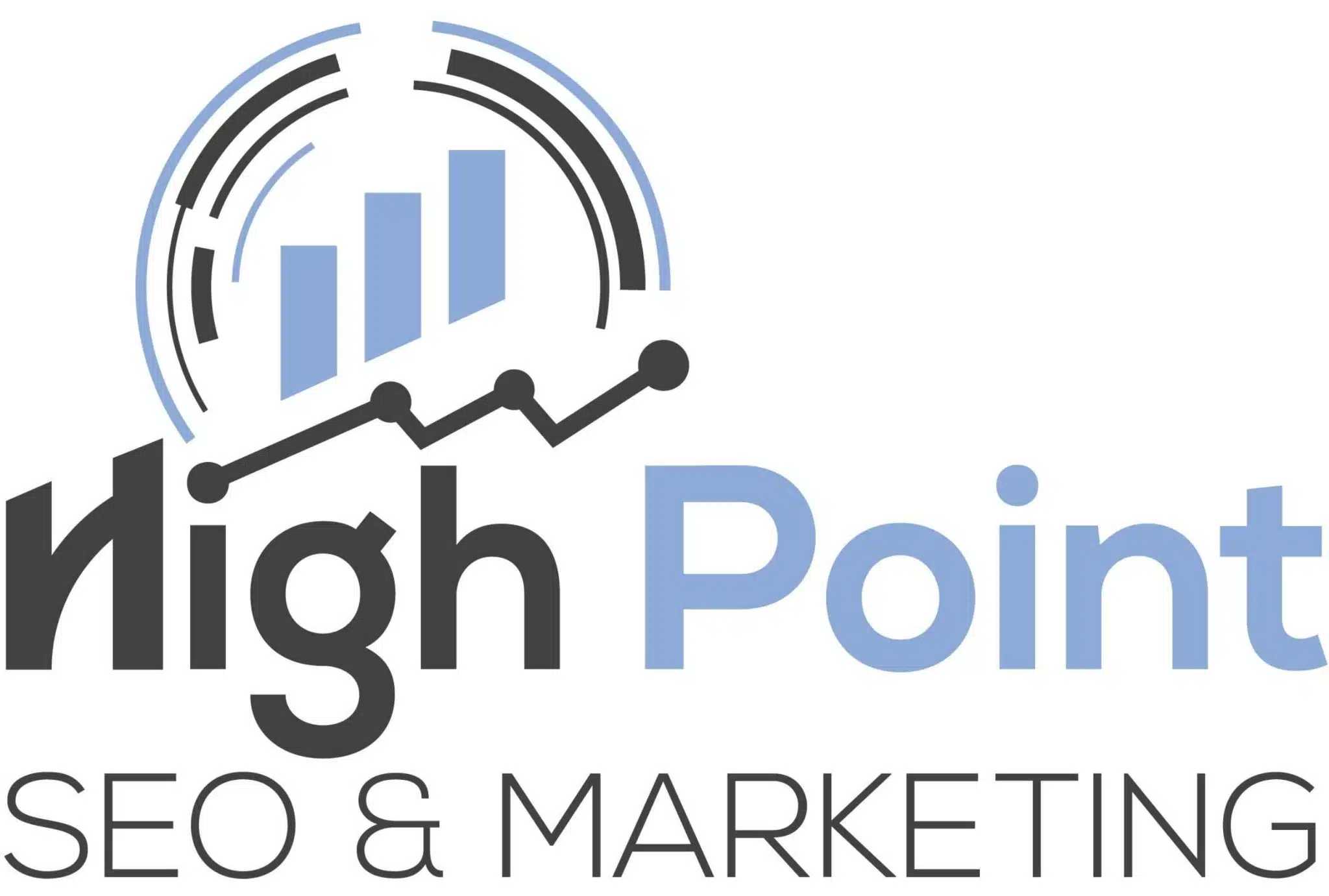7 Tips for Social Media Marketers on How to Use Enterprise Reporting

Use enterprise reporting to boost social media marketing! Smart marketers use data to drive social media efforts. How can you monitor and interpret so much data? Enterprise reporting transforms marketing by enabling data-driven decisions, campaign optimization, and stellar results. We’ll explain enterprise reporting, why it’s important for social media marketing, and offer seven strategies for using it.
Define Your Objectives
Define your social media marketing goals before using enterprise reporting. It lays the groundwork for your social media approach.
First, ask yourself: What do you want from social media? Do you want more brand exposure, website traffic, leads, or sales? Define your goals to align reporting and analytics strategy.
After setting goals, break them down into concrete metrics. Reach and impressions may be tracked to raise brand awareness. Click-through and conversion rates are more crucial if lead creation is your objective.
You may measure social media campaign success by setting clear objectives and identifying KPIs that support them. Data-driven decisions based on real-time enterprise reporting tools are possible with this strategy.
Remember that creating objectives requires ongoing examination and revision as business demands change. Keep your goals flexible as digital trends and possibilities evolve to achieve success in using business reporting for social media marketing.
Create a Data-Driven Culture
Successful social media marketing relies on data. To really benefit from enterprise reporting, your company must be data-driven.
First, set social media marketing goals. Choose metrics like engagement rates, click-through rates, and conversions to track and analyze. You can guarantee your staff understands their goals by setting them up front.
Next, encourage data use in decision-making. Encourage staff to read reports and learn from data. This might be through frequent training or sharing success stories of data-driven decisions that worked.
Effective corporate reporting requires accurate data collection. Determine which KPIs support your goals and set up procedures to track them. Use Google Analytics or social media management services with extensive reporting.
Once you have the data, you need the correct analysis and visualization tools. Choose technologies or platforms that make data manipulation and presentation easy to understand and extract meaningful insights.
Data analysis and visualization can reveal social media marketing strategy trends, patterns, and gaps. Use this data to plan future campaigns or change present strategies.
Creating a data-driven culture requires effective results communication. Share findings with stakeholders across departments to help them make better decisions using real-time enterprise reporting solutions.
Finally! Once everyone understands their role in using enterprise reporting efficiently within their responsibilities, acting on those insights is easier!
By understanding how to use enterprise reporting technologies successfully throughout a business, marketers will be better prepared to make data-driven decisions or modifications.
Collect the Right Data
Effective social media marketing requires accurate data collection. It’s crucial to focus on indicators that support your goals with so much data.
Determine which data points matter most to your business. This could be interaction, click-through, conversion, or audience demographics. Knowing what metrics matter most helps you acquire and analyze the relevant data.
Next, decide where and how to collect data. Built-in social media analytics tools provide performance metrics insights. Third-party programs can also combine and analyze data from numerous platforms.
Keep your data collection method constant. Stick to a business-appropriate reporting frequency. Monitoring and tracking key indicators helps you spot patterns and make smart decisions.
When gathering social media user data, follow privacy laws. Protect consumer privacy and comply with legal obligations when collecting data.
By gathering and utilizing the proper data in social media marketing, you can learn about audience behavior and preferences and improve your plans.
Use the Right Tools
Effective company reporting in social media marketing requires the correct tools. With so many alternatives, choose solutions that meet your goals and deliver the functionality you require.
Consider a comprehensive social media management platform. This program lets you manage all your social network accounts from one dashboard. You can plan posts, track engagement, and analyze performance.
A solid analytics platform is also crucial. You may collect and analyze data from website visitors, ad campaigns, and social media interactions. Choose a platform with configurable dashboards and reports to visualize and analyze data.
Automation can also streamline reporting. These programs automate data collecting, report creation, and distribution. Reduced manual work allows for deeper analysis and strategic decision-making.
Remember to use benchmarking tools to evaluate your performance to industry standards or competitors. These insights can assist in identifying growth and improvement opportunities.
Remember that using the correct tools will help you collect reliable data and analyze it to make social media marketing strategy decisions.
Analyze and Visualize the Data
Making the most of enterprise reporting for social media marketing requires data analysis and visualization. After gathering all the necessary data, dig deep to find important insights.
Find significant trends and patterns to evaluate data effectively. Monitor engagement, determine which material works best, and learn what generates conversions. It will be evident what is working and what needs improvement after this examination.
After analyzing the data, display it for simple comprehension. Stakeholders can understand complex information better with charts, graphs, and infographics.
Visualizing data lets you find correlations between factors. Certain sorts of material may perform better on certain platforms or times of day. These findings can guide your social media strategy.
Remember that data analysis and visualization are ongoing. Review your reports often to track progress and spot new trends and possibilities. Analyzing and visualizing social media data lets you remain ahead and maximize marketing impact.
Communicate the Results
Success and decision-making depend on communicating social media marketing results. After analyzing and visualizing corporate reporting data, discuss your findings with stakeholders.
Clear reports help communicate results. These reports should include essential metrics, trends, and actionable insights to optimize future efforts. Use simple language and graphics to make knowledge palatable for everyone.
Consider holding regular meetings or presentations to discuss findings in addition to official reports. This allows team members to ask questions, make ideas, and discuss future initiatives.
Sharing accomplishments and lessons with executives is another crucial part of conveying results. Ensure they understand how social media supports corporate goals.
Also, consider blog postings and press releases. Positive results and inventive ways can boost your brand image and attract clients or partners.
Telling stories is part of good communication, not simply numbers. Use audience-relevant stories and tales to illustrate data points. This will explain why particular actions were performed and how they helped achieve goals.
Communicating social media marketing outcomes ensures that all stakeholders are aligned on goals, strategies, and next steps, resulting to continuing growth and success in digital marketing!
Take Action
Action is needed after data collection and analysis. Social media marketers benefit from enterprise reporting. Data insights can inform strategy and decision-making.
You can choose which social media platforms to use, which content to develop, and how to better engage with your audience by knowing what works and what doesn’t.
Use data to optimize your content. If certain postings do better than others, you can adjust your content approach. You may also find fresh growth possibilities or areas for improvement.
Performance data can also be used to change your advertising budget. You may optimize resource allocation and ROI by assessing campaign or ad placement ROI.
Real-time audience engagement is part of taking action. Respond quickly and sensitively to negative criticism or user chatter about an article or campaign. Communicate with customers and handle their concerns.
Do not neglect KPI monitoring and tracking. These indicators can be reviewed routinely using enterprise reporting solutions to remain ahead of industry trends and change tactics.
Conclusion
Enterprise reporting for social media marketing improves strategy and performance. You can maximize your social media activities by setting goals, developing a data-driven culture, gathering the correct data, utilizing the proper technologies, analyzing and visualizing the data, sharing the results, and acting on business reporting insights.
Real-time enterprise reporting lets you track critical indicators and evaluate campaign success. It helps you make decisions by revealing customer behavior, preferences, and trends.
Enterprise reporting solutions like Google Analytics or social media management platforms like Hootsuite or Sprout Social help expedite your reporting process and improve social media marketing performance visibility.
Successful companies use business reporting for social media marketing. Engagement, conversion, brand recognition, and ROI have improved significantly.
Always set goals before analyzing. Create a data-driven culture where everyone recognizes the relevance of analytics in decision-making. Measure what matters by collecting data points that match these goals.
To obtain reliable and actionable data, choose the correct solutions, such as complete analytics platforms or social media management systems. Use filters and segmentation to find relevant patterns in this data. Use simple charts or graphs to illustrate these findings.
Presenting reports or sharing insights with stakeholders across departments requires excellent communication. Use plain language without technical jargon, but give them enough information to make informed judgments based on the results.
Take action! Enterprise reporting may help you refine your strategies, abandon ineffective ones, and double down on successful ones. Try new data-driven techniques.



 Bill Yeager, Co-Owner of High Point SEO & Marketing in CT
Bill Yeager, Co-Owner of High Point SEO & Marketing in CT